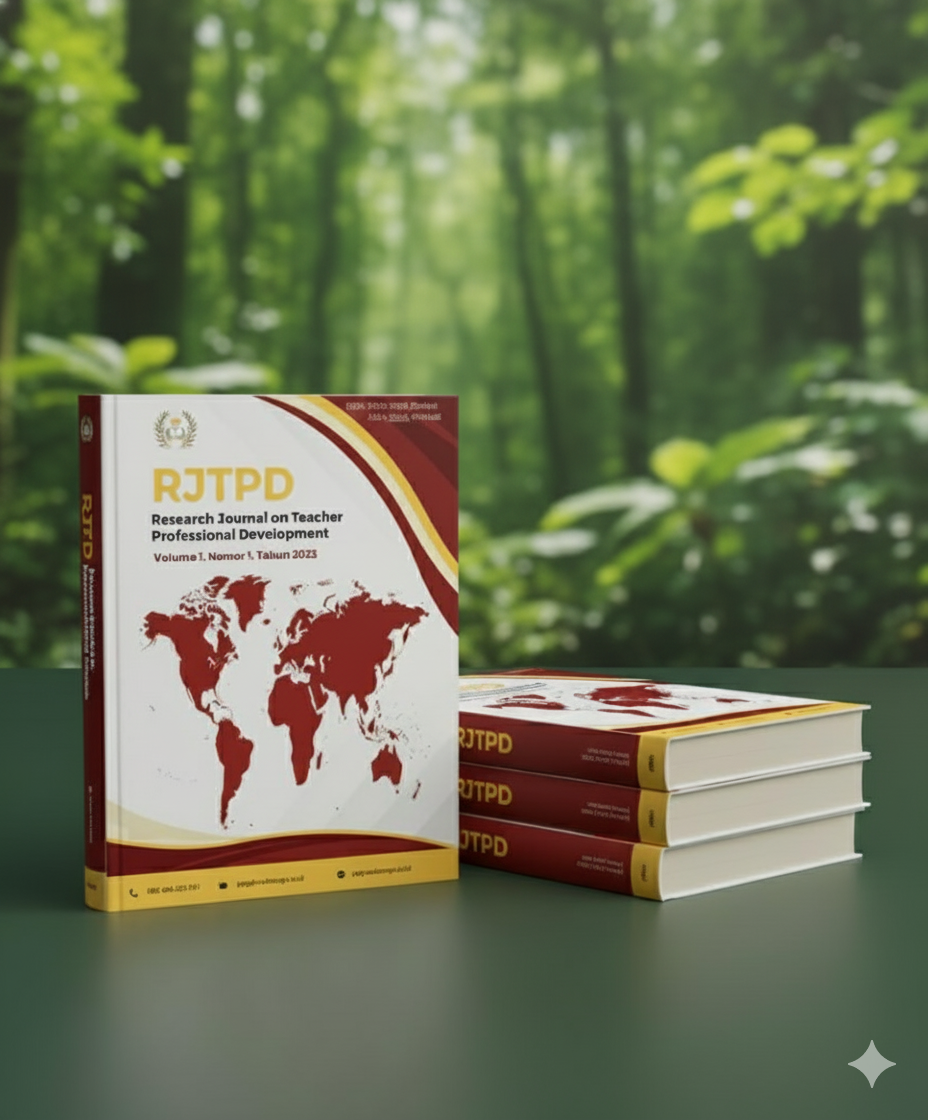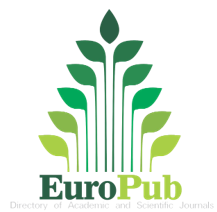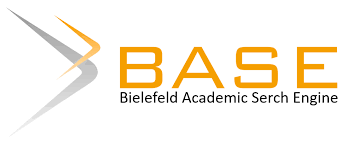The Use of the Make a Match Learning Model to Improve Elementary School Students' Learning Outcomes in Asmaul Husna Materials
DOI:
https://doi.org/10.21580/rjtpd.v3i01.24897Abstract
This research aims to improve the learning outcomes of grade II students at SD Negeri Weding 1 on Asmaul Husna's material through the application of the Make A Match learning model. The research was carried out with a Class Action Research (PTK) approach consisting of two cycles, each through the stages of planning, implementation, observation, and reflection. The research subjects were grade II students with a focus on learning activities and learning outcomes during the application of the method. The results of the study showed a significant increase in the average student score, namely from 71 in the first cycle with 59% learning completeness, to 80 in the second cycle with 92% completeness. This increase is influenced by the effectiveness of the Make A Match method in encouraging active student involvement, improving critical thinking skills, and facilitating collaboration and problem-solving processes. In addition, this method provides a more meaningful learning experience so as to strengthen students' understanding of Asmaul Husna material. The findings of this study contribute to the development of interactive and contextual learning strategies in elementary schools, especially in the subject of Islamic Religious Education (PAI), and are relevant to the principles of the Independent Curriculum which is oriented towards student-centered learning. Thus, the Make A Match method is recommended as an effective learning alternative to be applied at various levels of education with adjustments according to material needs.
Downloads
Downloads
Published
Issue
Section
License
Copyright (c) 2025 Santi Yunita

This work is licensed under a Creative Commons Attribution-NonCommercial-ShareAlike 4.0 International License.
The copyright of the received article shall be assigned to the journal as the publisher of the journal. The intended copyright includes the right to publish the article in various forms (including reprints). The journal maintains the publishing rights to the published articles. Authors are allowed to use their articles for any legal purposes deemed necessary without written permission from the journal with an acknowledgment of initial publication to this journal.
















